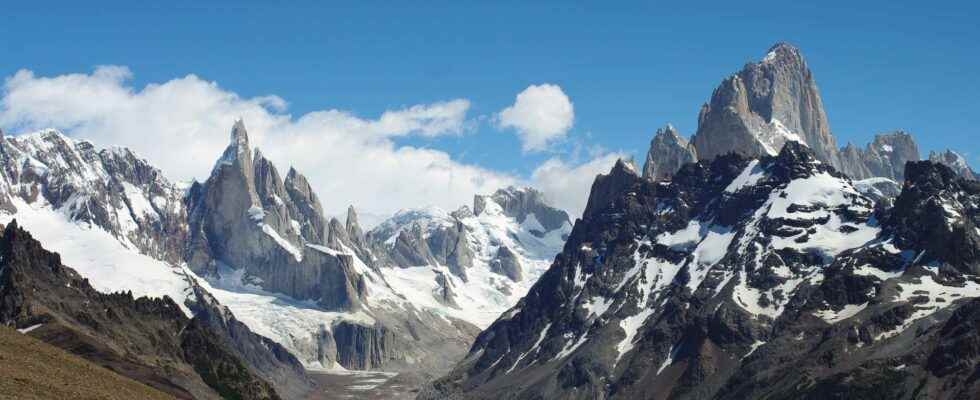“Continental margin” is the term used to define the transition zone between a continental crust and an oceanic crust. There are two types of continental margins: active margins and passive margins.
Active margins are characterized by the fact that they are the site of major geodynamic phenomena (seismicity, volcanism) resulting in intense deformation of the region. In addition to marking the transition between continental crust and oceanic crust, they also represent the boundary between two tectonic plates, which is not the case with a passive margin. Active margins are thus always convergent plate boundaries, associated with the presence of a subduction zone.
Converging continental boundaries
This particular geodynamic context is at the origin of the intense seismic and volcanic activity which dominates these regions of the globe and defines the morphology from the continental edge. Active margins are thus characterized by the presence of a ocean trench separating the oceanic crust of the continental crust. The submarine continental part that lies beyond the coast is relatively small.
Due to tectonic compression, the Continental shelf and the glaze are very short or even absent, and the continental slope dives very quickly to get lost at the level of the oceanic trench which is more than 5,000 meters deep. The oceanic trenches bordering the active margins are moreover the deepest zones of the globe, the record going to the Mariana Trenchwhich reaches more than 11,000 meters deep.
At the level of the trough, the oceanic plate dips below the continental plate. This is called the process of subduction. The continental edge in some cases forms a plane that will scrape the sediments present on the sinking oceanic crust. These scraped sediments will then come to accumulate in the form of scales against the continental margin to form a complex pile which can reach several kilometers in height. This is called the accretion prism. The morphology of this prism is very variable and will depend on many parameters (quantity of sediments on the oceanic crust, morphology of the continental buffer, slope of the slab…). By accumulating at the margin, the prism enters into the composition of the continental crust. It is thus possible to speak of margin in tectonic accretion.
The presence of an accretionary prism is however not automatic. On the contrary, it can happen that the subduction of the oceanic plate tears off pieces of the overlapping continental plate. In this case, we will speak of an eroding margin.
Areas at high seismic and volcanic risk
All the friction and compressive stresses generated by the subduction process mean that the active margins are very seismogenic regions. The most powerful earthquakes are also recorded in these regions of the globe. Their occurrence is generally linked to the sudden rupture of the subduction plane, which causes a sudden displacement of the two plates relative to each other. This movement of the ocean floor can potentially generate tsunamis.
The second process intimately linked to active margins is arc volcanism. The entry into subduction of a large quantity of water, trapped in the sediments, will cause a strong hydration from the corner of coat located above the sinking plate (the slab). This phenomenon of hydration of peridotites will facilitate the partial fusion of the mantle wedged between the oceanic plate and the overriding continental plate. Magma thus generated will give rise to a line of volcanoes parallel to the subduction pit. This type of volcanism is one of the most active in the world.
The majority of current active margins are located around the Pacific Rim. They are particularly associated with the intense volcanism known as ” belt of fire of the Pacific”.
The active margin of South America is moreover at the origin of the longest mountain range in the world : the Andes Cordillera. This long active margin which runs all along the west coast of the American continents is also marked by certain remarkable configurations, such as the entry into subduction of several ocean ridges : the Juan de Fuca ridge, the Coco-Nazca ridge, and the Chile ridge. This very specific geodynamic context has strong consequences on the morphology of the active margin in these areas.
In general, active margins are regions where geohazards are significant and where continuous and intense deformation generates significant vertical ground movements.
You will also be interested
[EN VIDÉO] A billion years summarized in 40 seconds: plate tectonics Researchers have modeled the movements of tectonic plates over the past billion years.
Interested in what you just read?
